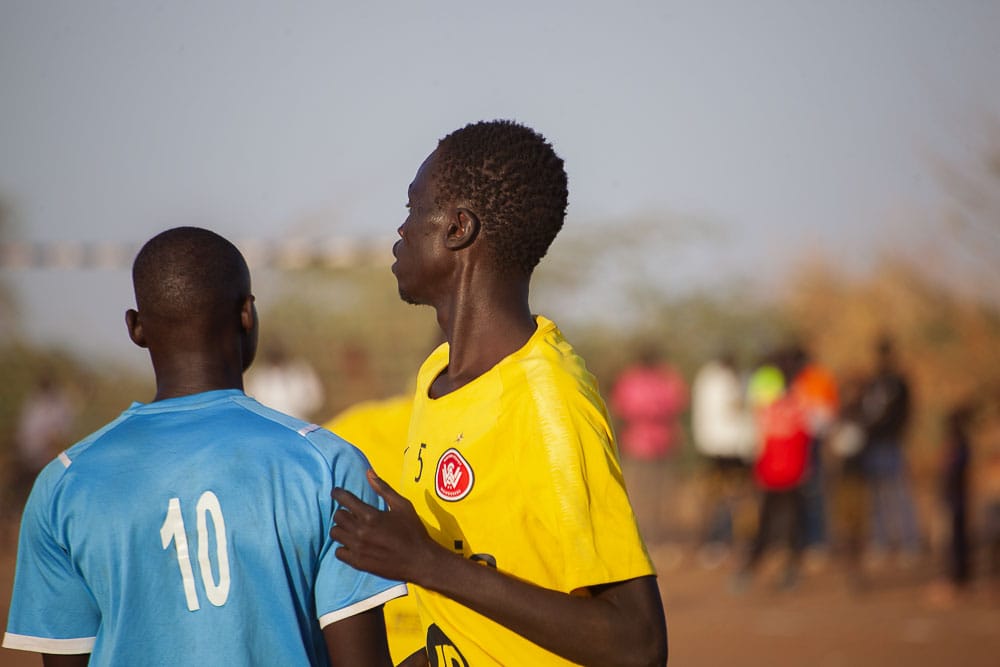
1. Introduction: Rethinking Defensive Value
When a striker scores, they’re celebrated. When a goalkeeper makes a save, it’s highlighted. But when a defender prevents a goal from ever happening, it often goes unnoticed — even though it’s equally decisive. That’s why we need a new way to quantify the true return on investment in defenders.
Enter Cost per Goal Prevented (CpGP) — a performance-finance hybrid metric that answers a simple question:
How much did it cost a club to prevent one goal this season, using this defender?
In an era of inflated transfer fees and wage bills, CpGP helps clubs identify which defenders offer elite-level impact at a reasonable price — and which ones may be overvalued.
🔍 What is CpGP and Why Does It Matter?
📐 Formula:
Cost per Goal Prevented = (Transfer Fee + Wages) ÷ Goals Prevented per 38 matches
Where:
- Goals Prevented are based on expected goals against (xGA) models that account for defensive actions, blocks, interceptions, and tactical positioning.
- Transfer and wage data are normalized annually for consistency.
This gives clubs a realistic picture of how efficient a defender is per euro spent — a crucial insight in both scouting and squad-building.
📊 Case Study: 5 High-Profile Defenders Compared
Using publicly reported fees and estimated wages, we compared five defenders from top European clubs using simulated “Goals Prevented” stats over a full 38-match season:
| Player | Transfer (€M) | Wages/Year (€M) | Goals Prevented | Total Cost (€M) | CpGP (€M) |
|---|---|---|---|---|---|
| Hincapie (Leverkusen) | 20 | 2.5 | 10.5 | 22.5 | 2.14 |
| Akanji (Man City) | 18 | 4 | 9.7 | 22 | 2.27 |
| Saliba (Arsenal) | 27 | 3.5 | 12.2 | 30.5 | 2.50 |
| Gvardiol (Man City) | 90 | 7 | 8.9 | 97 | 10.90 |
| Fofana (Chelsea) | 80 | 6 | 6.8 | 86 | 12.65 |
📉 Observation: Leverkusen’s Piero Hincapie delivers five times more value per euro spent than Wesley Fofana or Josko Gvardiol, despite their hype and youth premiums.
Interpreting the Results
From the analysis above, it becomes clear that Piero Hincapie and Manuel Akanji are among the most cost-efficient defenders in Europe’s top leagues. Despite operating in high-risk, high-pressing tactical systems, both players demonstrate exceptional ability to suppress expected goals against and win back territory. For Hincapie, a combined cost of €22.5 million and a CpGP of just €2.14 makes him arguably one of the smartest acquisitions in recent years. Similarly, Akanji’s consistent defensive contribution and positional flexibility at Manchester City make his €2.27 CpGP equally impressive.
On the opposite end of the spectrum are Wesley Fofana and Josko Gvardiol — two defenders acquired with huge transfer fees and relatively high wages, but whose efficiency in terms of goals prevented doesn’t yet justify the financial outlay. Gvardiol, for instance, has been integrated into Pep Guardiola’s tactical setup gradually, and while his future potential is widely acknowledged, his current CpGP of €10.9 is nearly five times worse than Hincapie’s. Fofana, plagued by injuries and inconsistent minutes at Chelsea, presents an even greater discrepancy, with a CpGP of €12.65. These results don’t render them poor players — but rather, they show that current contributions must be contextualized against cost.
🧠 Strategic Use for Clubs and Analysts
For forward-thinking clubs — whether in Europe, Asia, or Africa — Cost per Goal Prevented can be an essential tool in strategic decision-making. It enables sporting directors to evaluate potential recruits based not just on highlight reels or agent narratives, but on the cold financial reality of their contributions. For example, a club operating on limited resources can use CpGP to prioritize signing defenders with high output at lower costs — effectively getting more security per dollar.
Academies and player development teams can also use CpGP retrospectively to argue for promoting youth players over expensive imports. If a 21-year-old center-back from your own system has a comparable CpGP to a €15M signing, the numbers should support internal development. Even clubs negotiating transfers can wield this metric to justify pricing or apply pressure in fee discussions.
🌍 African Market Application
For clubs like Red Flames FC and others in Africa, CpGP has enormous potential. Imagine evaluating your backline over the course of a season using GPS, xGA, and tracking data. The defenders who suppress danger without scoring or assisting might go unnoticed — but through CpGP, their economic and tactical value is quantifiable. In a region often overlooked by global scouting networks, such a metric can spotlight export-ready talent and attract international attention. It can also help domestic clubs defend their valuations with evidence, rather than emotion.
🚧 Limitations and Responsible Use
No metric is perfect. CpGP relies on well-modeled xGA (expected goals against), and those figures can vary by data provider and tactical context. A defender playing in a deep block may face fewer risky situations than one in a high line. Additionally, transfer fees and wages are sometimes estimated, not exact. That said, when used transparently and comparatively, CpGP offers a robust directional insight — especially when paired with video analysis and role-specific data.
✅ Conclusion
The Cost per Goal Prevented metric challenges us to think differently about defenders. While the football world continues to reward goalscorers and creators, the players who prevent danger are often undervalued — even though their impact on results is just as profound. CpGP gives us a way to recognize, compare, and reward that defensive excellence in economic terms.
In a market distorted by hype and potential, CpGP reminds us of the enduring football truth: it’s not just what you do — it’s how efficiently you do it. And when it comes to building teams, smart defense isn’t just strategy — it’s value.

Leave a Reply